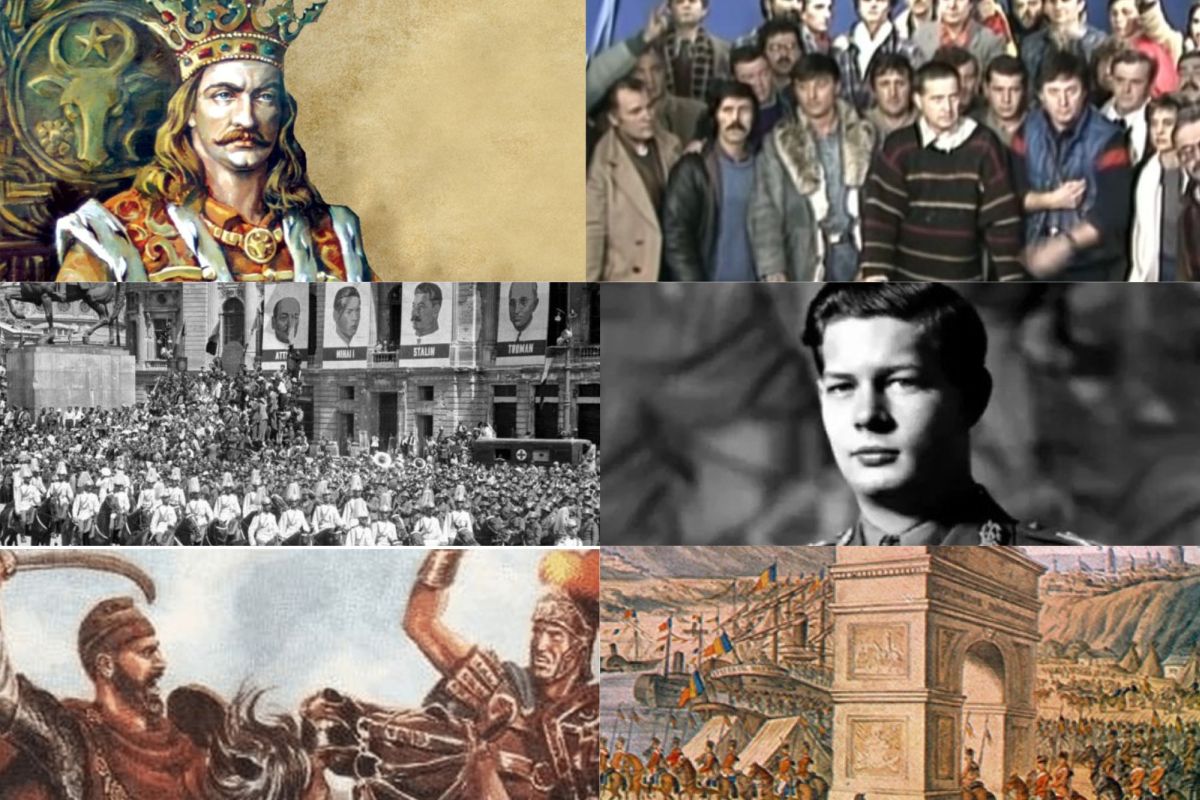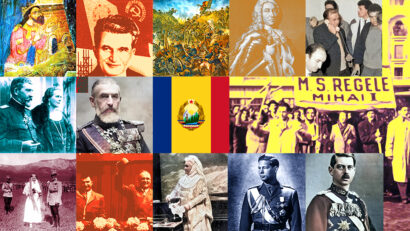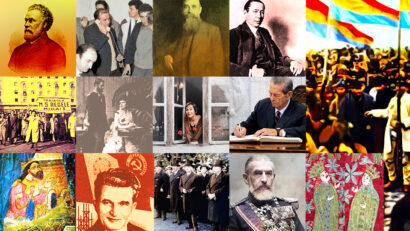The merger of the Romanian Communist Party with the Social Democratic Party
After coming to power in Romania in 1945, the Communist Party moved to get rid by all the other political parties in the country, either by banning them or by assimilating them.

Steliu Lambru, 18.03.2024, 14:00
The start of the communist regime in Romania on the 6th March 1945 meant the beginning of the party’s control not only on the political scene, but also on all aspects of people’s lives. The communist regime brought about the most brutal disruption in the history of the societies that have faced it.
The Romanian Communist Party, following the Soviet model, moved with extreme ruthlessness against all the other political parties. The parties that resisted it were dismantled, and their leaders imprisoned; others were forced into submission and brutally discarded when no longer useful. And the parties that were the closest to the communist ideas were simply taken over, as was the case with the Social Democratic Party.
Set up in 1893, the Romanian Workers’ Social Democratic Party was the first political party representing the Romanian working class. Its successor, the Romanian Social-Democratic Party, was founded it 1910. It actively supported the union of Transylvania with the Romanian Principalities, and in 1918 it was renamed the Socialist Party.
A break came in 1921, when its radical members embraced the principles of the Comintern and set up the Romanian Communist Party, while the moderates reformed the party in 1927, resuming the old name, of Social-Democrats.
In the inter-war years, the divide between the two was complete, with the Social-Democrats advocating democracy and the integrity of the Romanian state in the face of the terrorism employed by the Communists.
After the Red Army entered Romania on the 30th August 1944, the Romanian Communist Party became the main instrument of the occupation and launched the communisation campaign that lasted until 1947. And taking out the Social-Democratic Party was part of the plan. In February 1948, the Communists implemented the plan, in a congress centered on the forced merger of the two parties.
The journalist Elena Gugian joined the Social-Democratic Party in 1944, at the age of 19. Her beliefs made her follow in the footsteps of her father, a member of the SDP since 1927. Elena joined the women’s organisation and worked as a press officer for the party, as well as for the “Femeia muncitoare” magazine, founded in 1930.
In an interview she gave to Radio Romania’s Oral History Centre in 2000, she said the fusion of the Social Democratic Party with the Romanian Communist Party was part of a wider plan masterminded by Moscow to destroy the Social-Democratic movement in all Soviet-occupied countries:
“The unification process began in April 1946 with the strongest Social-Democratic party of the day, the German one, after Moscow secured for itself the eastern part of the country by dividing it in two. It immediately moved to unite the Social-Democratic Party in Eastern Germany with the Communist Party. It took another two years before Moscow got rid of all social-democratic parties. The Romanian one was gone in February 1948, followed in June by that from Hungary and Czechoslovakia, in August by that from Bulgaria and in December by that from Poland. And that was the end of social democracy.”
The merger through absorption was imposed by the communists without any negotiations. Elena Gugian recalls the person sent by the communist youth organisation to meet the Social Democratic youth and announce the conditions of the merger:
“The unification process began here with the youth organisation, continued with the women’s organisation and then the whole party. As a journalist, I witnessed the discussions held by the two youth organisations on the merger. They were held at the headquarters of the Union of the Social-Democratic Youth and the person appointed by the communist youth organisation to lead the discussions was none other than Nicolae Ceauşescu.”
Elena Gugian also recalls the unpleasant impression left on her and her fellow party members by the envoy sent by the communists, who would go on to become Romania’s dictator in 1965:
“Nicolae Ceauşescu would attend every one of these meetings and recite the same text. This would be followed by questions and answers, but he would not give any clarifications, would just repeat what he had said before, over and over again. Anton Manea, the general secretary of the Social-Democratic Youth, would sometimes interrupt him and ask if something different couldn’t perhaps be done in a certain matter, Ceaușescu would again not answer, but deliver the same text. It would drive you mad.”
The fusion resulted in the Romanian Workers’ Party. Constantin Titel-Petrescu and other important Social Democratic leaders who had opposed collaboration with the communists as early as 1945 would be thrown in jail, sharing the same fate as the Liberals and the Christian Democrats. Others, like Elena Gugian, refused to enter the new party and preferred to resign rather than go against their principles.






























